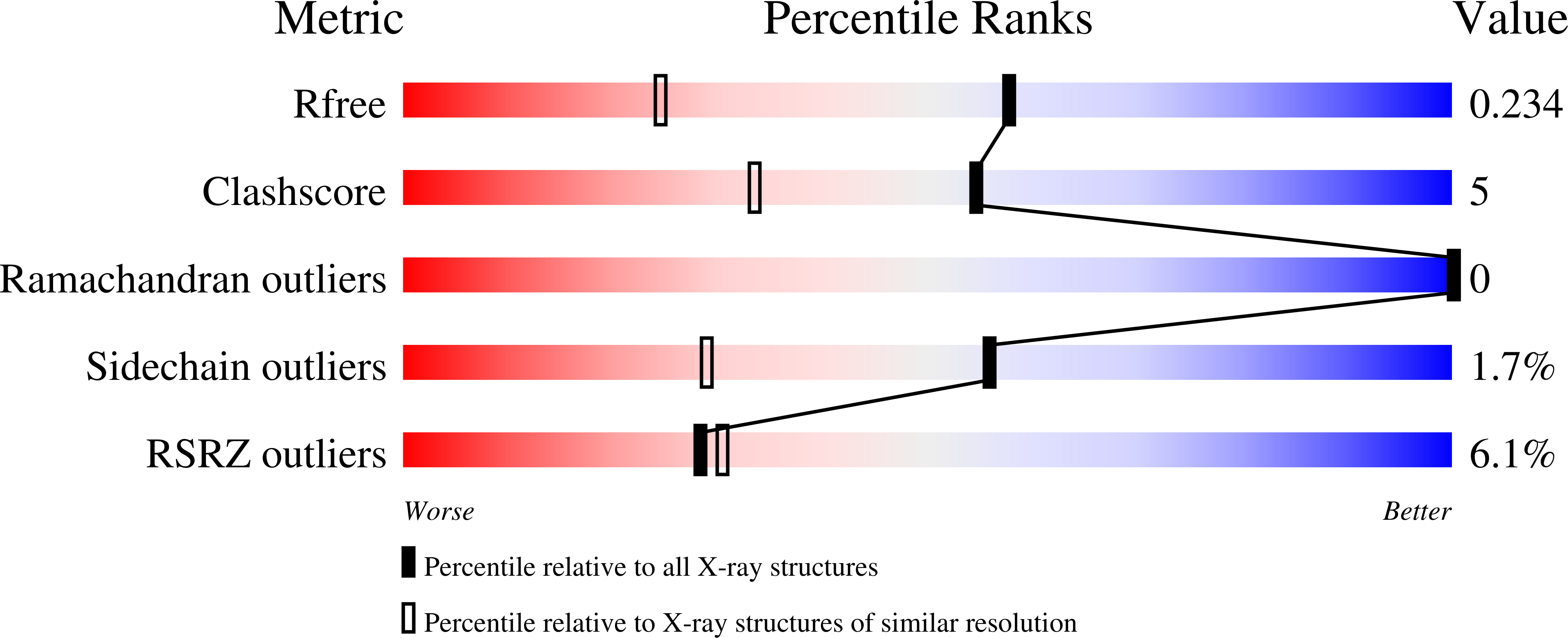
Deposition Date
2023-11-07
Release Date
2024-11-13
Last Version Date
2024-12-04
Entry Detail
PDB ID:
8R2X
Keywords:
Title:
Crystal structure of hydroxyquinol-1,2-dioxygenase from Rhodococcus jostii RHA1 (RjTsdC)
Biological Source:
Source Organism:
Rhodococcus jostii RHA1 (Taxon ID: 101510)
Host Organism:
Method Details:
Experimental Method:
Resolution:
1.57 Å
R-Value Free:
0.22
R-Value Work:
0.18
Space Group:
P 21 21 21


